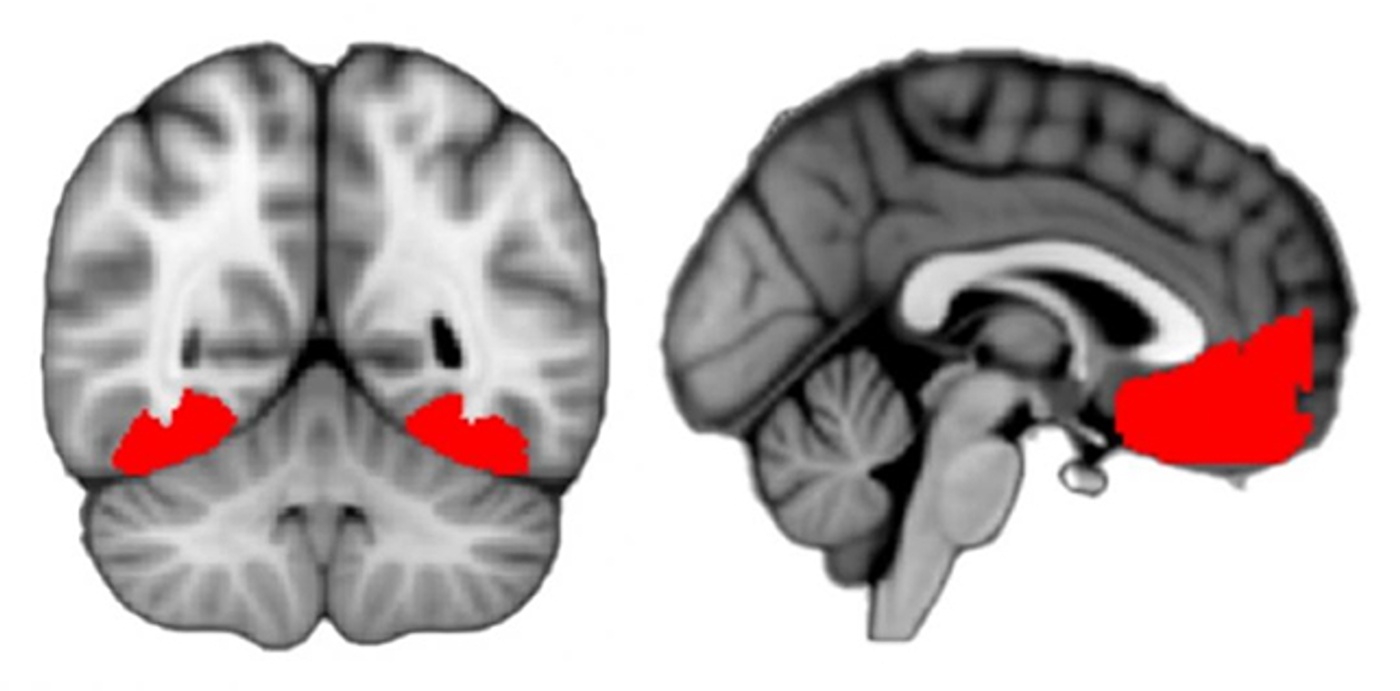The feeling of curiosity is often associated with cats but is an inevitable characteristic for humans as well. Scientists have long been researching the neurological basis of curiosity in the brain, and finally, an answer has been found. Scientists from Columbia University in the USA have determined which areas of our brain are active with the feeling of curiosity using fMRI scans.
Discovering the Paths of Curiosity in the Brain

The study results showed that the main regions where the feeling of curiosity is managed are the occipitotemporal cortex, ventromedial prefrontal cortex (vmPFC), and anterior cingulate cortex. These areas respectively take on the functions of vision and object recognition, value and trust perception, and information gathering. The vmPFC in particular was determined to act as a sort of neurological bridge that links the feeling of curiosity with information from the occipitotemporal cortex. During the experiment, researchers presented participants with variously distorted images to measure their trust and curiosity levels about these images. The results revealed that the less participants could recognize the images, the more curious they became.
Neuroscientist Jacqueline Gottlieb stated that this study represents a turning point in understanding how our brain processes the information we are curious about. The research results were published in the Journal of Neuroscience. These findings could especially open new doors in the treatment of psychological disorders like depression that show a lack of curiosity. For the scientific community, this development is seen as a significant step towards better understanding the neurological underpinnings of curiosity.


